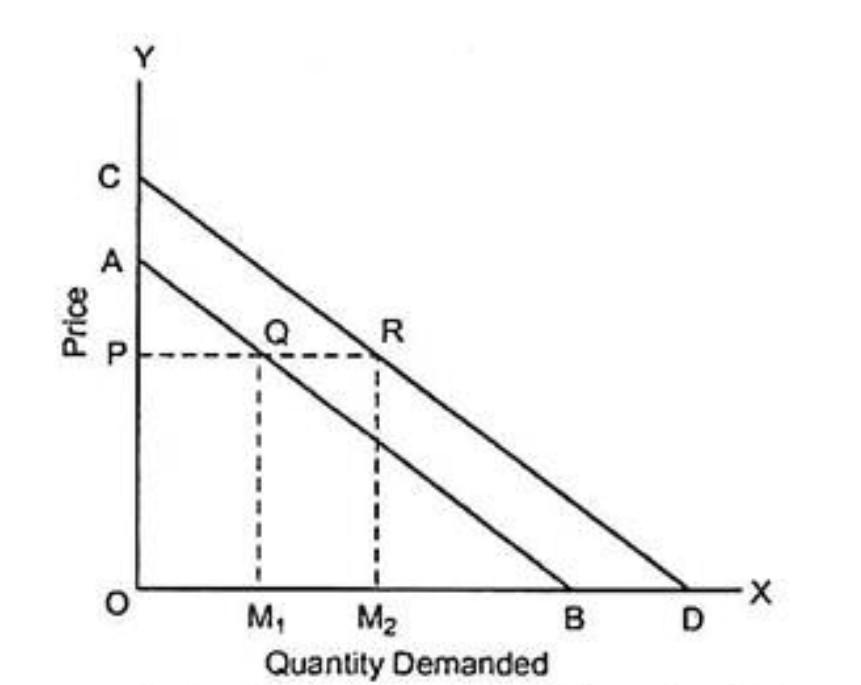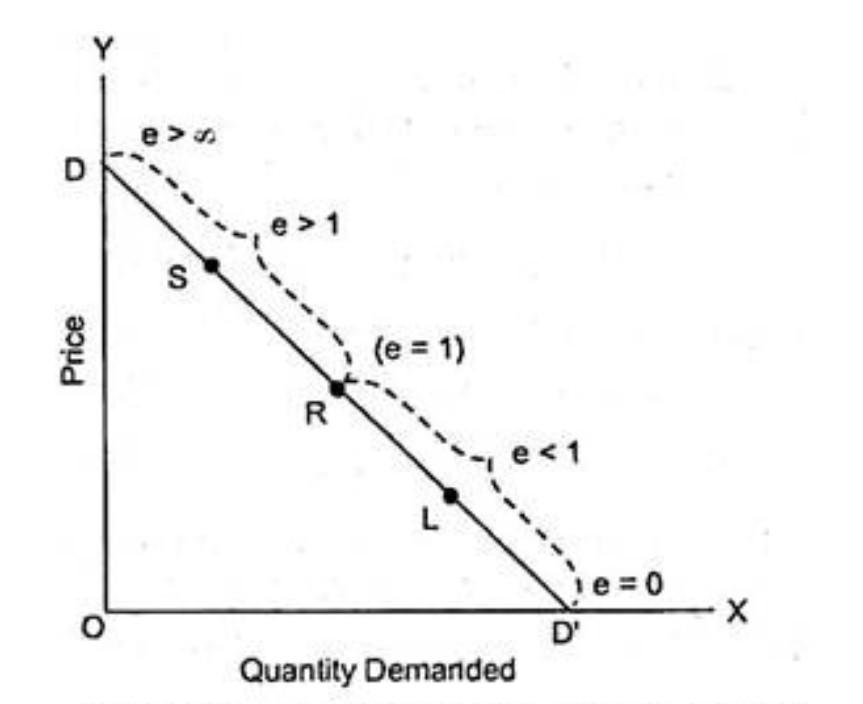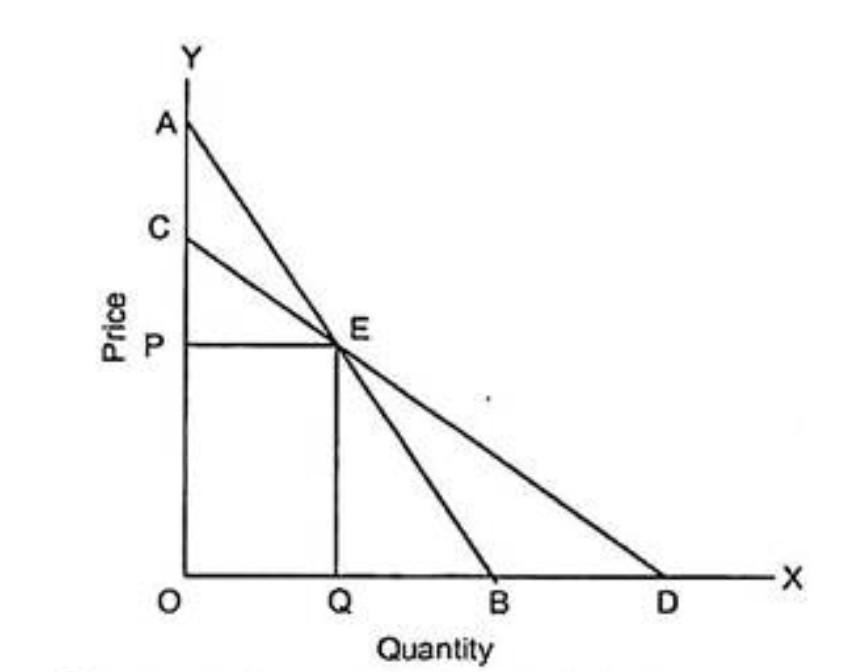Time management is very much important in IIT JAM. The eduncle test series for IIT JAM Mathematical Statistics helped me a lot in this portion. I am very thankful to the test series I bought from eduncle.
Nilanjan Bhowmick AIR 3, CSIR NET (Earth Science)- UGC NET
- Economics
D m (d o the following question with full detail and also if needed post the diagram)
which option is correct and why(detailed explanation needed)? Also tell why other options are not selected?
- 0 Likes
- 6 Comments
- 0 Shares
-
![comment-profile-img]() >
>
Nidhi taparia
Let me know if the concept is still not very clear.
-
![comment-profile-img]() >
>
-
![comment-profile-img]() >
>
Nidhi taparia
Option (C) is also correct because that's what the formula needs. Price elasticity of demand pertains to how much does the quantity demanded change for a unit change in price. This needs taking relative change, and not absolute.
-
![comment-profile-img]() >
>
-
![comment-profile-img]() >
>
Nidhi taparia Best Answer
Since a detailed explanation is needed, I will explain each option in a separate comment. The confusion in this question arises out of the fact that there are multiple ways to calculate price elasticity of demand. And sometimes, each way may yield a different result. Yet this question is based on certain basic elasticity principles, hence a contradiction doesn't arise. Let's begin with option (B) because that is the only one that is incorrect among these. When we compare elasticities of two intersecting curves, or any curves for that matter, the flatter curve is always more elastic at all points than the steeper one. Hence whether they intersect or not, flatter slopes always imply greater elasticity. Coming to the reason behind this- in this particular case, we calculate elasticity by the geometric method. As per this method, elasticity at a point on a linear demand curve is equal to ratio of the lower segment of this curve and the upper segment. A little usage of similarity of triangles is needed here. I am hoping you are aware about the mathematics that goes behind it. Please refer to the figure for understanding that OP/CP > OP/AP (since CP < AP). In case you need more explanation, let me know.
![cropped7162123552810529773.jpg]()
Do You Want Better RANK in Your Exam?
Start Your Preparations with Eduncle’s FREE Study Material
- Updated Syllabus, Paper Pattern & Full Exam Details
- Sample Theory of Most Important Topic
- Model Test Paper with Detailed Solutions
- Last 5 Years Question Papers & Answers
Sign Up to Download FREE Study Material Worth Rs. 500/-










 >
>











Priya gulani
nice explanation